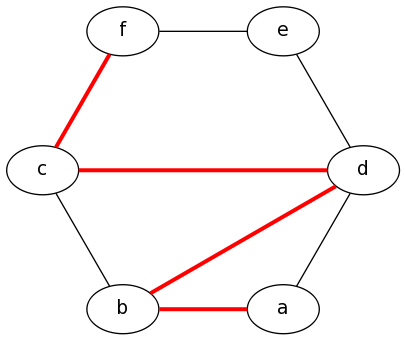
# This is for saving image in file system #visualise using dotfile #True should be returned. Source(tree.export_graphviz(clf, out_file= None, max_depth= 1, feature_names=X.columns, class_names=, label= 'all', filled= True, leaves_parallel= True, impurity= True, node_ids= True, proportion= True, rotate= True, rounded= True, special_characters= False, precision= 1))

Graph2 = Source( tree.export_graphviz(clf, out_file= None, feature_names=X.columns, filled= True, class_names=)) Os.environ += os.pathsep + 'c:/Program Files (x86)/Graphviz2.38/bin/' #%% graph1 = Source(tree.export_graphviz(clf, out_file= None, class_names=, filled = True))ĭisplay(SVG(graph1.pipe( format= 'svg'))) Print(classification_report(y_test, y_pred)) # find maximum size for all graphs corresponding to their subgraphsįrom trics import classification_report Key= lambda x: int(os.path.basename(x).split( '.') or 0)) # create a gif files from multiple png files PngFiles = glob.glob(os.path.join(tempDirectory, f'sosDot*.png')) This guide will recreate the classic 'How To Play Pictionary' flowchart from. Graphviz can be used to draw flowcharts, although it can be fiddly if you want pixel-perfect layouts. Flowcharts are a common way to visually explain the set of steps in some process. One independent digraph is the time of the log. # dot command can generate more than outfiles returned by the render function You may also like our beginner Graphviz tutorial. I used one of the Graphviz examples to figure out a pattern for ranking the nodes according to a timeline. Outfile = src.render(filename= 'sosDot', directory=tempDirectory) Unique_subworkflows = list( omkeys(subworkflows)) With open(filename) as dot, tempfile.TemporaryDirectory() as tempDirectory: They detach the label from the edge and the label can be positioned relative to the edge endpoint that meets with the head or the tail.From PIL import Image, ImageDraw, ImageFont Ive done it before, in other languages, generating strings to pass on to Graphviz.

It is not a very format-friendly attribute (and there is no way that it could follow the curves of an edge as in TikZ)
#Graphviz examples how to
This Stackoverflow post has very clear examples on how to use the proper attributes: nodesep and ranksep. Graph height and widthįor example, there is a heightand a width attribute but these are to alter the dimensions of a node. The best way for me was to learn through examples (search results to Stackoverflow posts mostly.) as the attribute descriptions can be too vague. The DOT language is straightforward with only a handful of keywords but the GraphViz attributes can be a confusing bunch. This post will be updated with lessons learned.) The best way for me was to learn through examples (search results to Stackoverflow posts mostly.) as the attribute descriptions can be too vague.

(Time will tell though how more complex property graphs could be rendered.
#Graphviz examples manual
Although these people are not kidding about the steep learning curve: the TikZ manual is 880 pages long, and it is “just” a module.Īgain, GraphViz is more rudimentary but the above graph output only required minor tweaks. If I had time to learn it I would because it is really powerful - just take a look at the examples at. I stumbled upon GraphViz and the DOT family of languages which are fairly simple but powerful tools.īy “fairly simple” I mean compared to LaTex and ConTexT used with Tikz & PGF. You may also want to check out all available functions/classes of the module graphviz, or try the search function. You can vote up the ones you like or vote down the ones you don't like, and go to the original project or source file by following the links above each example.
#Graphviz examples code
To properly document our new project, I was trying to find a programmatic way to statically visualize property graphs. The following are 17 code examples of graphviz.Source (). Image used in “Duplicate” nodes in graph databases


 0 kommentar(er)
0 kommentar(er)
